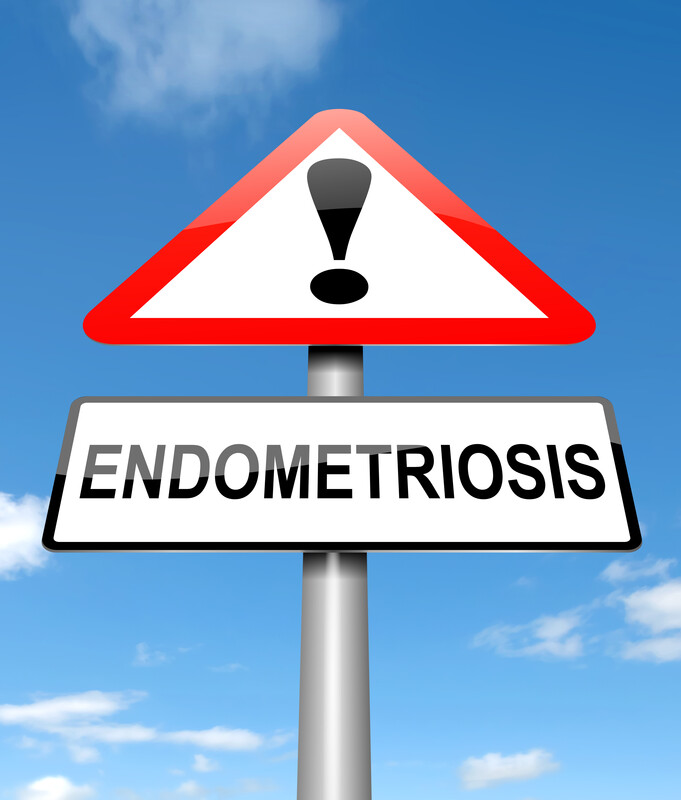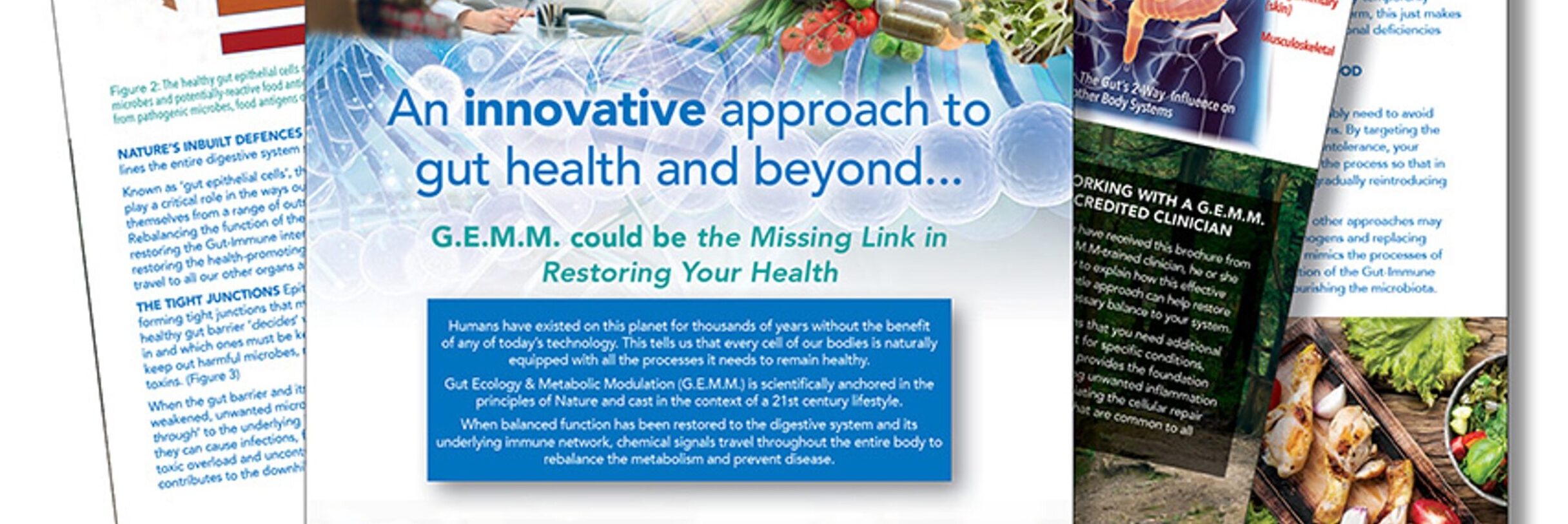Endometriosis is a condition whereby the endometrial tissue that is normally present in the uterus during a woman’s fertile cycle – attaches outside the uterine cavity. It behaves as it was in the womb, growing in response to oestrogen and dissolving in blood when the cycle ends in menses. The problem is that the lining has nowhere to go when outside the uterus causing mild to severe symptoms. Some affected women may not even be aware that they have it and others are reeling in pain, that may be absolutely incapacitating every month as menstruation arrives. It affects approximately 10% of the female population.
How severe a woman is affected does not correlate with the intensity of symptoms that may include anything from abdominal bloating, diarrhoea or constipation, vague or intense abdominal pain, pain during urination and rectal bleeding, nausea and pain of such severity that normal daily functioning is not possible and may also lead to infertility. A definite diagnosis can only be achieved through a medical laparoscopic investigation.
Once a medical diagnosis and the severity of the conditions is established there are several medical routes that can be taken including surgery, i.e. removal of the adhering linings to organs outside the uterus. Although often hugely successful, studies show a likely recurrence of endometriosis after surgical removal in about 20-40% of patients. Many affected women with severe symptoms opt for prescription of a progestogenic hormone preparations. Permanently taken, it will reduce oestrogen-production (various forms thereof) leading to the dissolution of the lesions outside of the uterine cavity therefore alleviating symptoms of endometriosis.
However the downside of being permanentlyon a hormone-regulator may express in several side-effects that may include early-onset osteoporosis, gastro-intestinal symptoms, sleep-issues, decreased libido among others (MIMS, n.d.). This may lead to the desire to manage endometriosis via an alternative pathway.
As a naturopath the first step is to assess the client’s goal for treatment, which could mean an adjunct strategy together with conventional treatment or a pathway in itself.
An optimal outcome for women affected with endometriosis may include comprehensive nutritional, herbal and homeopathic prescriptions, and dietary and lifestyle modifications as well as a targeted exercise program, if there are side-effects of conventional treatment such as early onset of osteoporosis.
As an adjunct therapy to medical intervention or by itself, naturopathic medicine focuses on supporting the whole person, not just her symptoms. It considers the various body systems, the eliminatory pathways, how a person copes with stress, how well she digests and processes her food. Every little thing matters, this includes the physical, social environment and spiritual environment. And finally, how we can find a strategy together to re-establish balance as a team.
Written by Monika Ramasamy, 3.5.2019
Please feel free to share, simply click below.




